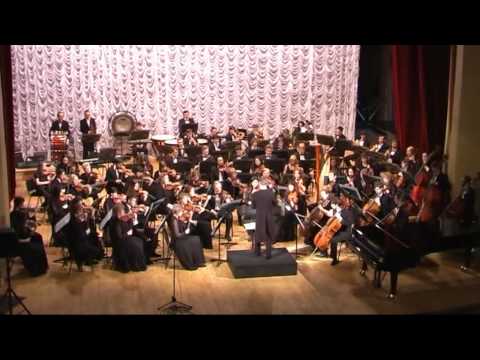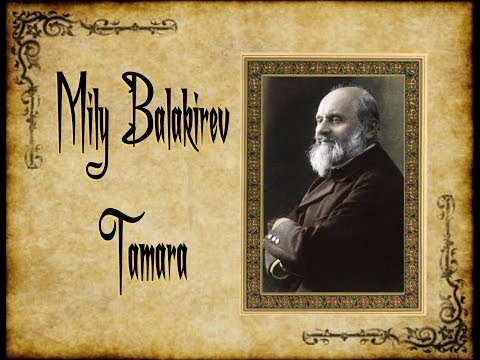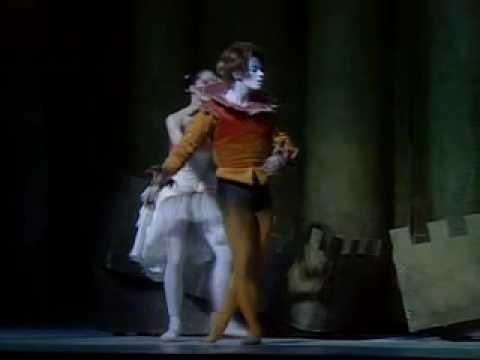
Music born from travel
 Bright pages in the lives of many outstanding composers were travels to different countries of the world. The impressions received from the trips inspired great masters to create new musical masterpieces.
Bright pages in the lives of many outstanding composers were travels to different countries of the world. The impressions received from the trips inspired great masters to create new musical masterpieces.
The Great Journey of F. Liszt.
The famous cycle of piano pieces by F. Liszt is called “The Years of Wanderings”. The composer combined in it many works inspired by visits to famous historical and cultural places. The beauty of Switzerland was reflected in the musical lines of the plays “At the Spring”, “On Lake Wallenstadt”, “The Thunderstorm”, “The Oberman Valley”, “The Bells of Geneva” and others. While staying with his family in Italy, Liszt met Rome, Florence, and Naples.
F. Leaf. Fountains of Villa d.Este (with views of the villa)
Piano works inspired by this journey are inspired by Italian Renaissance art. These plays also confirm Liszt’s belief that all types of art are closely related. Having seen Raphael’s painting “The Betrothal”, Liszt wrote a musical play with the same name, and the severe sculpture of L. Medici by Michelangelo inspired the miniature “The Thinker”.
The image of the great Dante is embodied in the fantasy sonata “After Reading Dante.” Several plays are united under the heading “Venice and Naples”. They are brilliant transcriptions of popular Venetian melodies, including a fiery Italian tarantella.
In Italy, the composer’s imagination was struck by the beauty of the legendary Villa d. Este of the 16th century, the architectural complex of which included a palace and lush gardens with fountains. Liszt creates a virtuosic, romantic play, “The Fountains of the Villa d. Este,” in which one can hear the trembling and flickering of water jets.
Russian composers and travelers.
The founder of Russian classical music, M. I. Glinka, managed to visit different countries, including Spain. The composer traveled a lot on horseback through the villages of the country, studying local customs, mores, and Spanish musical culture. As a result, the brilliant “Spanish Overtures” were written.
M. I. Glinka. Aragonese jota.


Watch this video on YouTube
The magnificent “Aragonese Jota” is based on authentic dance melodies from the province of Aragon. The music of this work is characterized by bright colors and rich contrasts. Castanets, so typical of Spanish folklore, sound especially impressive in the orchestra.
The cheerful, graceful theme of the jota bursts into the musical context, after a slow, majestic introduction, with brilliance, like a “stream of a fountain” (as one of the classics of musicology B. Asafiev noted), gradually turning into a jubilant stream of unbridled folk fun.
M. I. Glinka Aragonese jota (with dance)


Watch this video on YouTube
M.A. Balakirev was delighted with the magical nature of the Caucasus, its legends, and the music of the mountain people. He creates the piano fantasy “Islamey” on the theme of Kabardian folk dance, the romance “Georgian Song”, the symphonic poem “Tamara” based on the famous poem by M. Yu. Lermontov, which turned out to be in tune with the composer’s plans. At the heart of Lermontov’s poetic creation is the legend of the beautiful and treacherous Queen Tamara, who invites knights to the tower and dooms them to death.
M. A. Balakirev “Tamara”.


Watch this video on YouTube
The introduction of the Poem paints a gloomy picture of the Daryal Gorge, and in the central part of the work bright, passion-filled melodies in the oriental style sound, revealing the image of the legendary queen. The Poem ends with restrained dramatic music, indicating the tragic fate of the fans of the crafty Queen Tamara.
The world has become small.
The exotic East attracts C. Saint-Saëns to travel, and he visits Egypt, Algeria, South America, and Asia. The fruit of the composer’s acquaintance with the culture of these countries were the following works: the orchestral “Algerian Suite”, the fantasy “Africa” for piano and orchestra, “Persian Melodies” for voice and piano.
Composers of the 1956th century there was no need to spend weeks shaking in a stagecoach off-road to see the beauty of distant countries. The English musical classic B. Britten went on a long journey in XNUMX and visited India, Indonesia, Japan, and Ceylon.
The ballet-fairy tale “Prince of the Pagodas” was born under the impression of this grandiose voyage. The story of how the Emperor’s evil daughter Ellin takes away her father’s crown, and tries to take away her groom from her sister Rose, is woven from many European fairy tales, with plots from oriental legends interspersed there as well. The charming and noble princess Rose is taken by the insidious Jester to the mythical Kingdom of Pagodas, where she is met by the Prince, enchanted by the Salamander monster.
The princess’s kiss breaks the spell. The ballet ends with the return of the Emperor’s father to the throne and the wedding of Rose and the Prince. The orchestral part of the scene of the meeting between Rose and Salamander is full of exotic sounds, reminiscent of Balinese gamelan.
B. Britten “Prince of the Pagodas” (Princess Rose, Scamander and the Fool).


Watch this video on YouTube




